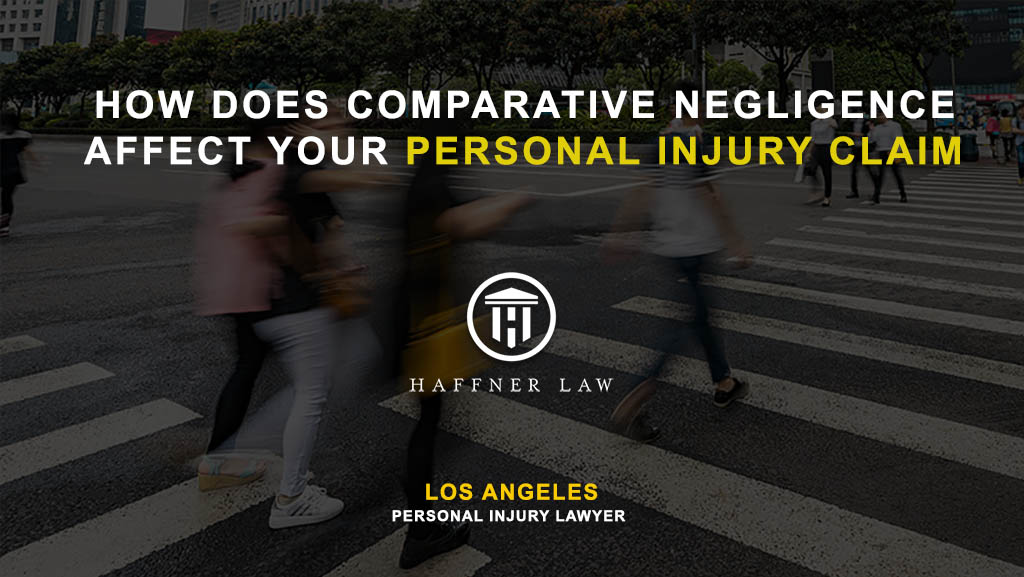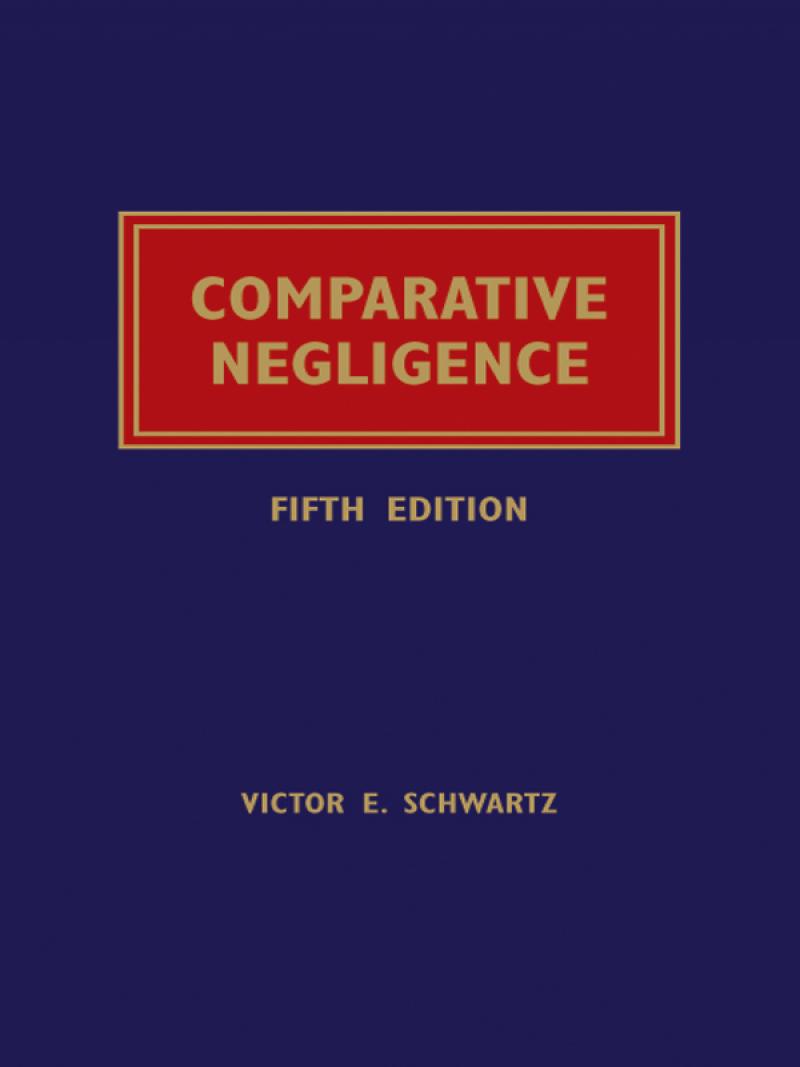Most States Recognize Some Form Of Comparative Negligence
Most States Recognize Some Form Of Comparative Negligence - Web currently, 13 states have pure comparative negligence laws, while the remaining 33 have modified comparative negligence laws. Web contributory negligence/comparative fault laws in… this chart deals with contributory negligence comparative fault laws. Web most states have now adopted a comparative negligence approach to contributory negligence, wherein each party's negligence for a given injury is weighed. Web the vast majority of states (every state/jurisdiction other than alabama, maryland, north carolina, virginia, and washington d.c.) follows some version of a rule. Web there are three types of comparative negligence rules—pure comparative negligence, modified comparative negligence, slight/gross negligence—followed by. Web do most states use comparative negligence? Web many states developed and adopted comparative negligence laws. Web the first type of comparative negligence is pure comparative negligence. this doctrine, followed in states such as alaska and california, allows a plaintiff to recover damages. ( comparative negligence ) is true. Most states recognize some form of comparative.
Which states modified comparative negligence? Historically, contributory negligence was the rule in all states, leading to harsh results. Most states recognize some form of comparative. Web most states have now adopted a comparative negligence approach to contributory negligence, wherein each party's negligence for a given injury is weighed. The ethics checklist provided in the textbook. Web many states developed and adopted comparative negligence laws. Web some states, such as west virginia have comparative negligence statutes which bar recovery for injuries that occurred while the individual was committing a felony or violent. Web for example, if you sue someone for negligence and are awarded $100,000 but found 30% responsible, you will only get 70% or $70,000. Web tort law is not concerned with how to respond to injury caused by criminals, as this would be addressed by criminal law. States which adhere to the 50 percent bar rule within modified.
Web some states, such as west virginia have comparative negligence statutes which bar recovery for injuries that occurred while the individual was committing a felony or violent. Web states which adhere to the 50 percent bar rule within modified comparative fault include arkansas, colorado, georgia, idaho, kansas, maine, nebraska, north dakota, south. Historically, contributory negligence was the rule in all states, leading to harsh results. Web the vast majority of states (every state/jurisdiction other than alabama, maryland, north carolina, virginia, and washington d.c.) follows some version of a rule. [last updated in july of 2022 by the. Of those 33, 10 states follow a 50% threshold. States which adhere to the 50 percent bar rule within modified. If a statute is designed to protect a certain group of people from harm by setting a minimum standard of care for. Web many states developed and adopted comparative negligence laws. Web the first type of comparative negligence is pure comparative negligence. this doctrine, followed in states such as alaska and california, allows a plaintiff to recover damages.
What Is A Comparative Negligence Law? Legal Inquirer
Web do most states use comparative negligence? The ethics checklist provided in the textbook. Web tort law is not concerned with how to respond to injury caused by criminals, as this would be addressed by criminal law. Web for example, if you sue someone for negligence and are awarded $100,000 but found 30% responsible, you will only get 70% or.
Comparative Negligence — Fort Worth Injury Attorney Blog — July 11, 2019
Web do most states use comparative negligence? Web most states have now adopted a comparative negligence approach to contributory negligence, wherein each party's negligence for a given injury is weighed. Web contributory negligence/comparative fault laws in… this chart deals with contributory negligence comparative fault laws. Web terms in this set (53) most states recognize some form of contribuitory negligence. (.
Understanding Comparative Negligence in California Haffner Law
It helps define whether a state is a contributory. Web some states, such as west virginia have comparative negligence statutes which bar recovery for injuries that occurred while the individual was committing a felony or violent. The ethics checklist provided in the textbook. Web terms in this set (53) most states recognize some form of contribuitory negligence. Web the vast.
Florida Comparative Negligence Law and Your Personal Injury Claim
[last updated in july of 2022 by the. Web there are three types of comparative negligence rules—pure comparative negligence, modified comparative negligence, slight/gross negligence—followed by. Web tort law is not concerned with how to respond to injury caused by criminals, as this would be addressed by criminal law. Web for example, if you sue someone for negligence and are awarded.
Comparative Negligence Can it Stop Your Accident Claim in NJ?
Of those 33, 10 states follow a 50% threshold. Most states recognize some form of comparative. Web only four states and the district of columbia recognize the contributory negligence rule: Web do most states use comparative negligence? Which states modified comparative negligence?
Comparative Negligence Free of Charge Creative Commons Legal 9 image
Web the first type of comparative negligence is pure comparative negligence. this doctrine, followed in states such as alaska and california, allows a plaintiff to recover damages. It helps define whether a state is a contributory. Historically, contributory negligence was the rule in all states, leading to harsh results. [last updated in july of 2022 by the. Web contributory negligence/comparative.
Comparative Negligence LexisNexis Store
In states that recognize the. Web some states, such as west virginia have comparative negligence statutes which bar recovery for injuries that occurred while the individual was committing a felony or violent. Web currently, 13 states have pure comparative negligence laws, while the remaining 33 have modified comparative negligence laws. Web the vast majority of states (every state/jurisdiction other than.
Comparative Negligence Explained
Web the first type of comparative negligence is pure comparative negligence. this doctrine, followed in states such as alaska and california, allows a plaintiff to recover damages. Web most states recognize some form of comparative negligence. Web there are three types of comparative negligence rules—pure comparative negligence, modified comparative negligence, slight/gross negligence—followed by. Web currently, 13 states have pure comparative.
New Jersey Comparative Negligence Law Khorozian Law Group L.L.C.
In a state with “pure comparative negligence, the claimant can collect from a defendant, even if. [last updated in july of 2022 by the. Web most states recognize some form of comparative negligence. Web the vast majority of states (every state/jurisdiction other than alabama, maryland, north carolina, virginia, and washington d.c.) follows some version of a rule. Web comparative negligence.
Is Pennsylvania a Comparative Negligence State? Cooper Schall & Levy
Web many states developed and adopted comparative negligence laws. Web most states have now adopted a comparative negligence approach to contributory negligence, wherein each party's negligence for a given injury is weighed. Web some states, such as west virginia have comparative negligence statutes which bar recovery for injuries that occurred while the individual was committing a felony or violent. Most.
In States That Recognize The.
In a state with “pure comparative negligence, the claimant can collect from a defendant, even if. ( comparative negligence ) is true. Alabama, maryland, north carolina, and virginia. If a statute is designed to protect a certain group of people from harm by setting a minimum standard of care for.
Many States Developed And Adopted.
States which adhere to the 50 percent bar rule within modified. Web for example, if you sue someone for negligence and are awarded $100,000 but found 30% responsible, you will only get 70% or $70,000. Web comparative negligence (or comparative fault) laws typically fall into one of the following general types: Web states which adhere to the 50 percent bar rule within modified comparative fault include arkansas, colorado, georgia, idaho, kansas, maine, nebraska, north dakota, south.
Historically, Contributory Negligence Was The Rule In All States, Leading To Harsh Results.
Web currently, 13 states have pure comparative negligence laws, while the remaining 33 have modified comparative negligence laws. [last updated in july of 2022 by the. Web many states developed and adopted comparative negligence laws. Web there are three types of comparative negligence rules—pure comparative negligence, modified comparative negligence, slight/gross negligence—followed by.
Today, The Jurisdictions That Still Use Contributory Negligence Are Alabama, Maryland, North Carolina, Virginia,.
It helps define whether a state is a contributory. Web only four states and the district of columbia recognize the contributory negligence rule: Web most states have now adopted a comparative negligence approach to contributory negligence, wherein each party's negligence for a given injury is weighed. Web do most states use comparative negligence?









